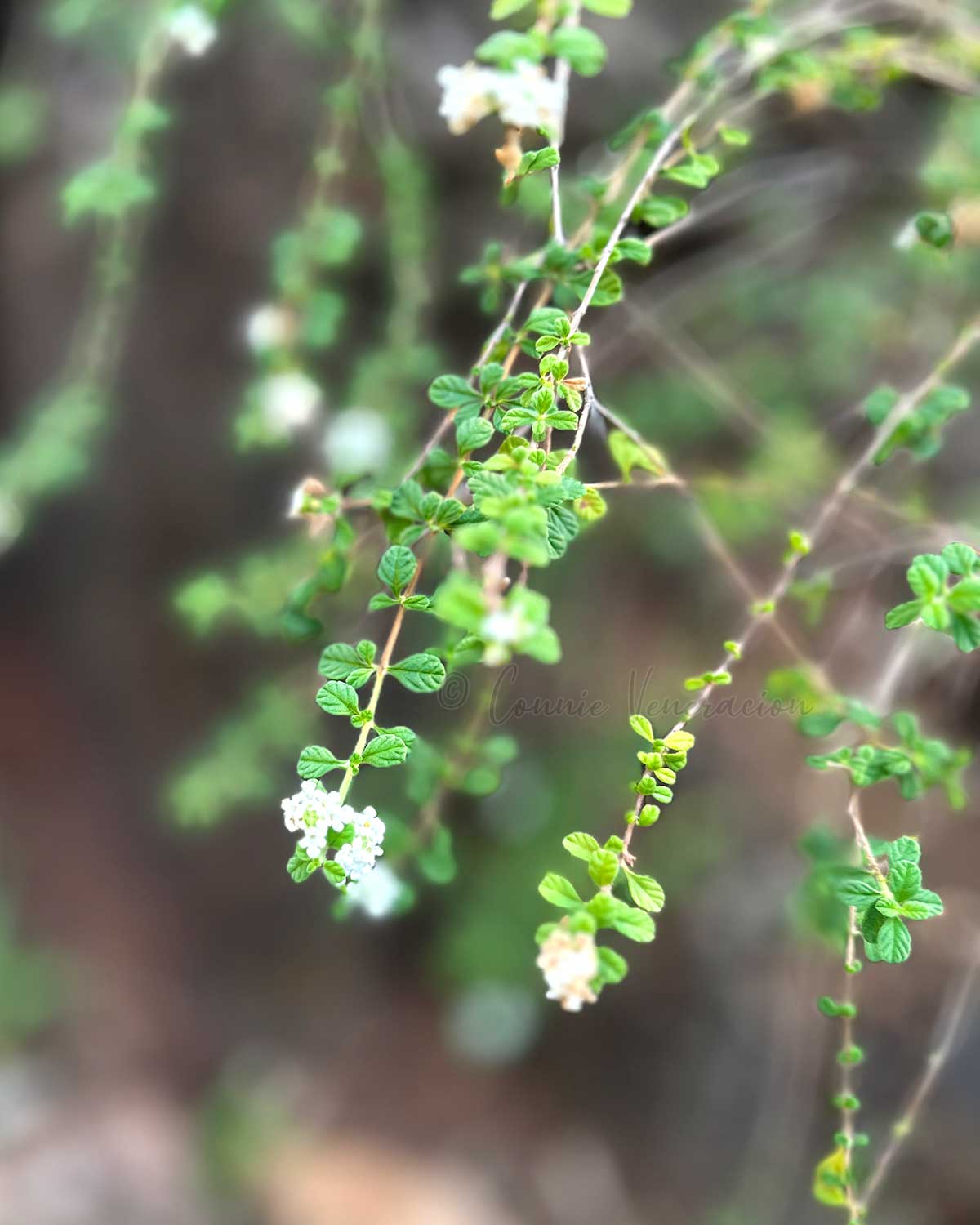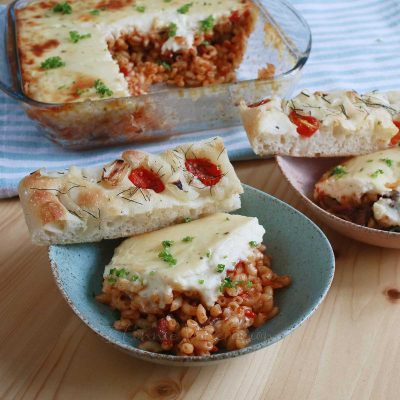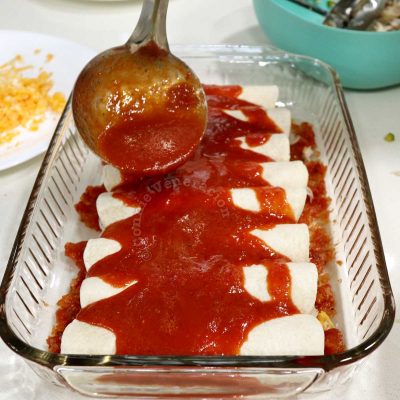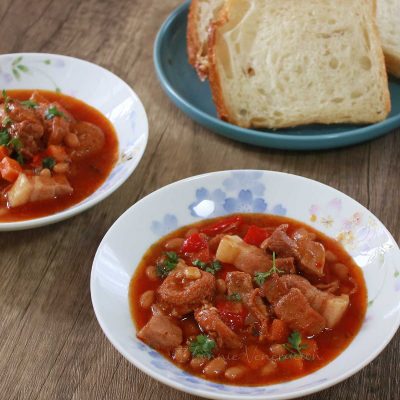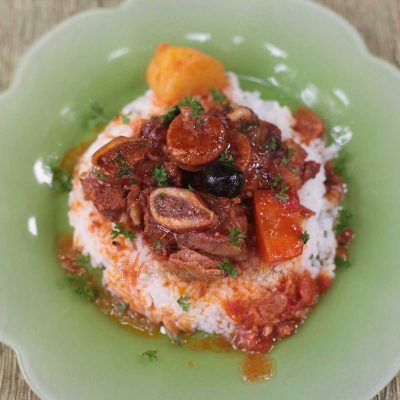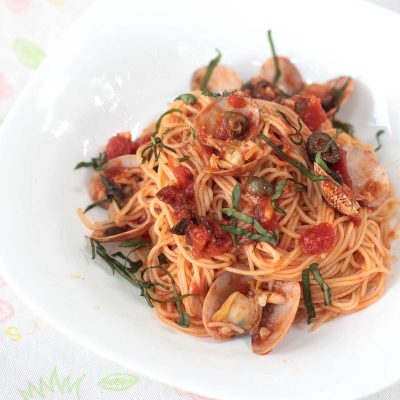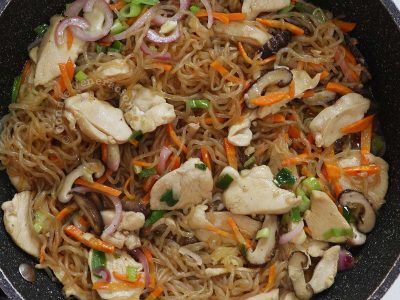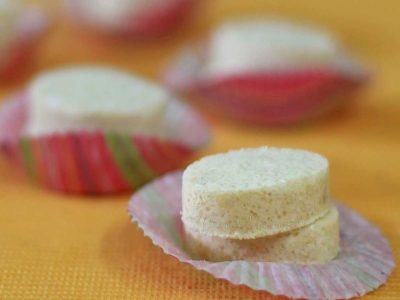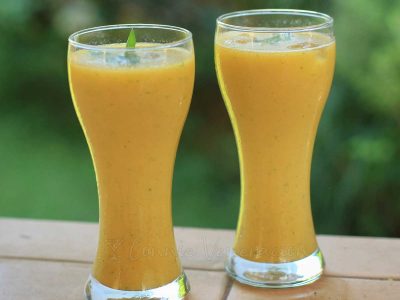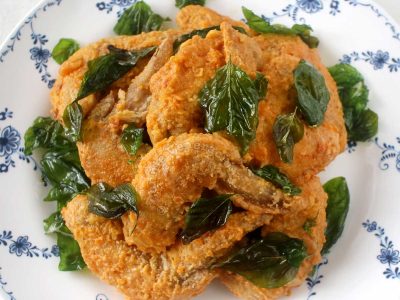Tiny leaves? Yep. Surprised? You may have seen some cooking shows, videos and blogs where the “oregano” leaves are much larger, but here’s the lowdown.
True oregano, or Origanum vulgare, is a woody perennial that thrives in warm climate. The leaves are half-inch to one-and-a-half inches long. The flowers can be white, pink or purple. The oregano that we grow in our garden has white flowers.
What then are those larger leaves that are represented by misinformed cooks and sold by shady sellers are oregano? They may fall under one of these categories:
- Cultivars developed to make oregano adapt to colder climates. These are generally more bland than true oregano and, therefore, not ideal for cooking.
- Plants that aren’t true oregano but referred to and sold as oregano as a result of usage. The most common are: Coleus amboinicus (commonly known as Cuban oregano) and Lippia graveolens (also known as Mexican oregano).
Of course, there really is no need to commit those scientific names to mind. Just remember that, for cooking, you want true oregano. And that means tiny leaves.
What does oregano taste and smell like?
It is warm and earthy, and, depending on the intensity, slightly bitter.
What does “depending on the intensity” mean?
The intensity of the flavor and aroma of oregano is largely dependent on the region in which it is grown. Climate and soil composition can alter its flavor. Oregano grown in colder climate is generally bland.
How do we use oregano in cooking?
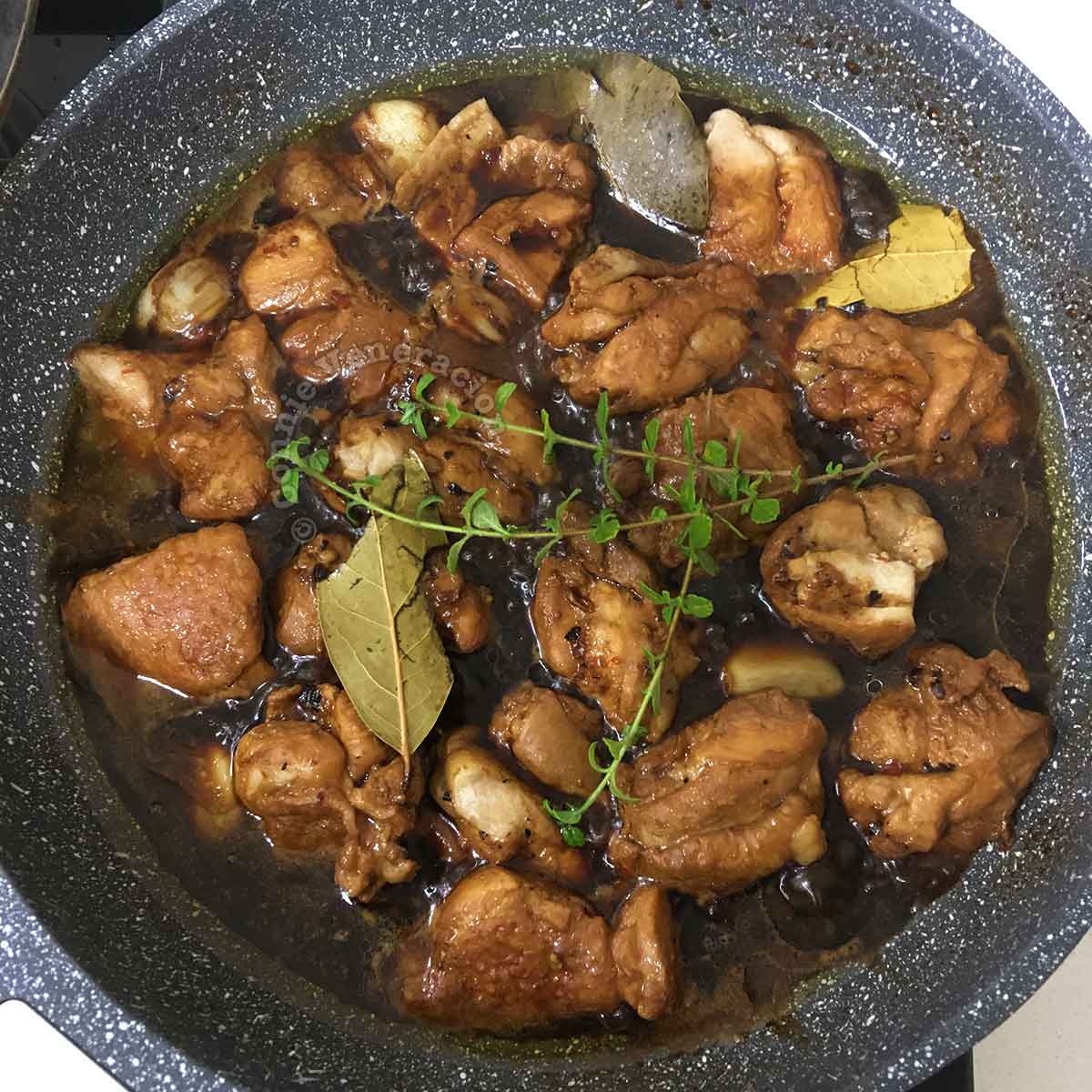
Here at home, oregano is a must when cooking Filipino adobo.
We also add it to dishes with tomato sauce.
Whichever dish we add it to, oregano goes into the pan or pot during the early stage of cooking as part of the spice base. Often, this is during the part when chopped spices and vegetables are sauteed to form the flavor base of the dish.
Note that only the leaves are edible. If you add whole sprigs of oregano, you’ll have to fish out and discard the woody stems before serving the cooked dish.
How is oregano grown in a home garden?
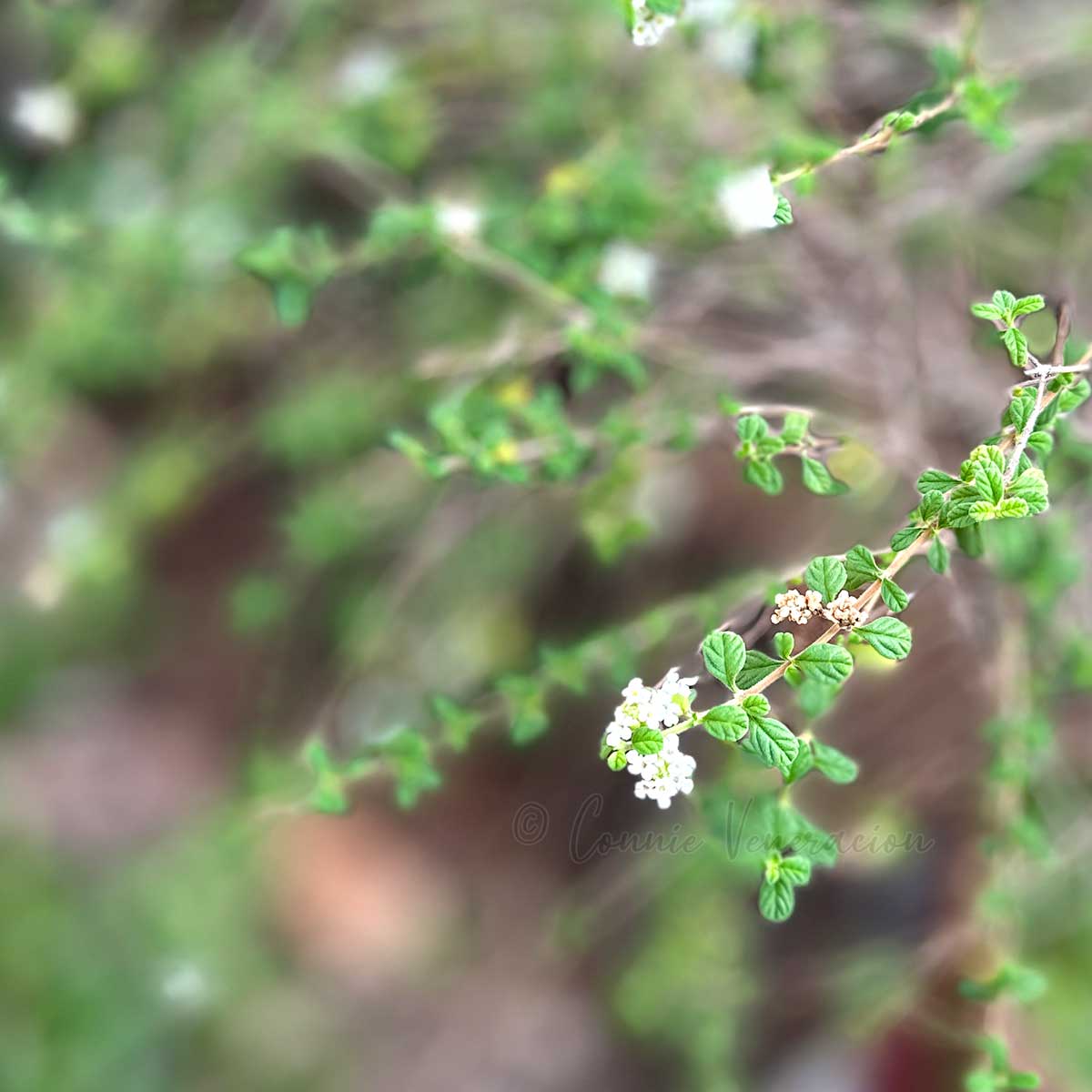
We grow it in large pots filled with well-draining soil. The pots are placed in a part of the garden when the oregano can get the most amount of direct sunlight. Because, yes, oregano loves the sun. So, don’t place it in the shade.
Oregano thrives in the heat. It can even withstand moderate drought. During the hot and dry season, we water it lightly every few days. We rarely water oregano during the monsoon season.

